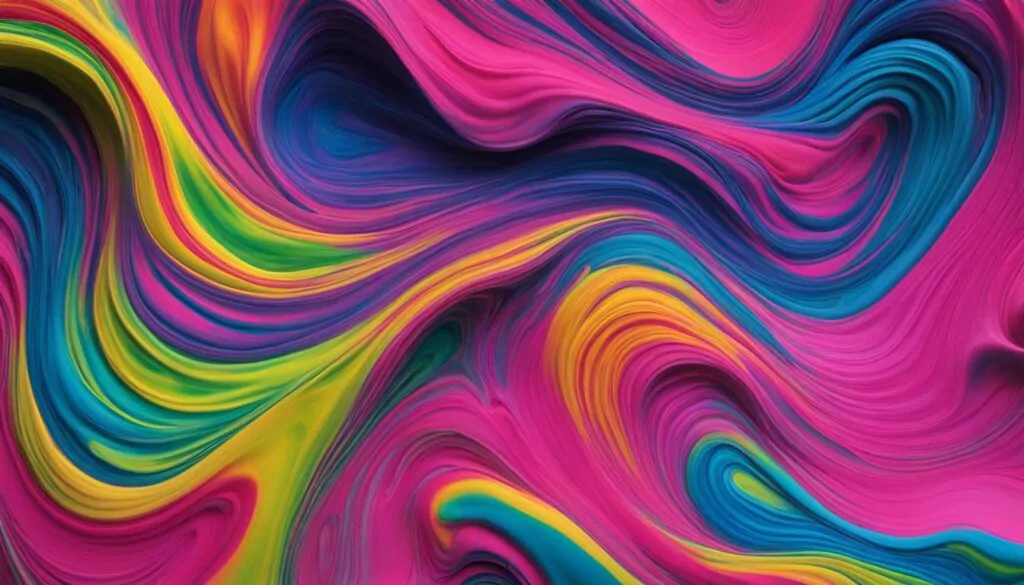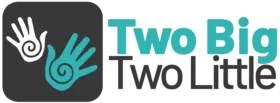Welcome to our puffy paint guide, where we unlock the creative potential of this amazing crafting material. Puffy paint, also known as dimensional or textured paint, is a fantastic tool for DIY crafts and art projects, especially for fabric decoration. Whether you’re a seasoned artist or new to the world of creativity, puffy paint offers endless possibilities for expressing your imagination.
In this article, we will delve into the world of puffy paint, exploring the process of making homemade puffy paint and the benefits it brings to creativity projects, especially those involving kids. So, get ready to embark on an exciting journey filled with vibrant colors, textured designs, and endless fun.
Key Takeaways:
- Puffy paint is a versatile crafting material that adds texture and dimension to artwork.
- It is perfect for fabric painting and DIY crafts.
- Making homemade puffy paint is a fun and easy process.
- Using puffy paint allows kids to unleash their creativity and enhance their projects.
- Ensure safety by following our tips and guidelines for crafting with puffy paint.
What is Puffy Paint?
Puffy paint, also known as 3D paint, is a versatile crafting material that allows you to add texture and dimension to your artwork. Unlike regular paint, puffy paint dries with a raised, puffy surface, making your creations stand out. It can be used to add textured elements and embellishments to various projects, such as greeting cards, scrapbooks, and DIY decorations. Puffy paint is a fun and creative way to enhance your artwork and make it more visually interesting.

When using puffy paint, you can easily create textured effects that mimic various materials like fabric, fur, or even icing on a cake. The 3D aspect of puffy paint adds depth and visual interest to your artwork, making it more engaging and eye-catching.
One of the advantages of puffy paint is its ability to adhere well to different surfaces, including fabric, paper, wood, and plastic. This allows you to explore a wide range of creative projects and experiment with different textures and materials.
Adding Dimension to Artwork
“Puffy paint offers a unique way to add depth and dimension to your artwork. With its raised texture, it allows you to create interesting tactile elements that can be visually appealing.”
Whether you want to create a fluffy cloud on a painting, add a 3D flower to a card, or bring a cute character to life with textured details, puffy paint provides you with the freedom to add depth and dimension to your creations.
Embellishing and Personalizing
“Puffy paint is a fantastic tool for embellishing and personalizing your crafts. It allows you to add intricate details, accents, and designs that stand out and make your projects unique.”
You can use puffy paint to add decorative elements and personal touches to your DIY projects. Whether you’re customizing a plain t-shirt, adding texture to a scrapbook page, or decorating a picture frame, puffy paint offers endless possibilities for creative expression.
| Benefits of Puffy Paint |
|---|
| Ability to create texture and dimension |
| Adheres well to various surfaces |
| Easy to use and apply |
| Offers a wide range of colors |
| Dries with a raised, puffy surface |
| Allows for personalization and embellishment |
With its ability to add texture, dimension, and personalized flair to your artwork, puffy paint is a must-have crafting material for both kids and adults. So grab a few bottles of puffy paint, unleash your creativity, and bring your projects to life with tactile and visually stunning effects!
Ingredients and Steps for Making Homemade Puffy Paint
Making homemade puffy paint is a fun and easy crafting activity. With just a few simple ingredients, you can create your own puffy paint for all your creative projects.
Ingredients:
- 1 cup all-purpose flour
- 1 cup white glue
- 3+ cups of shaving cream (foam, not gel)
- Food coloring
- Plastic bags or squeeze bottles
These ingredients are easily accessible and can be found at most craft stores or even in your pantry.
Steps:
- Measure the Ingredients: Start by measuring 1 cup of all-purpose flour and 1 cup of white glue. Make sure to be precise with your measurements for the best results.
- Mix the Ingredients: In a mixing bowl, combine the flour and glue together until they are well blended. You can use a spoon or spatula to mix them thoroughly.
- Divide and Color: Divide the mixture into different bowls or containers, depending on how many colors you want to create. Add a few drops of food coloring to each bowl and mix well until the desired color is achieved.
- Transfer to Plastic Bags or Squeeze Bottles: To make it easier to use, transfer the colored paint into plastic bags or squeeze bottles. This will give you more control when applying the puffy paint onto your artwork.
- Create Artwork: Now it’s time to let your creativity shine! Use the homemade puffy paint to create artwork on a suitable surface, such as paper or fabric. You can draw, write, or even make textured designs.
- Drying Time: Allow your artwork to dry for several hours until the paint becomes puffy and sets well. This will ensure that your creations retain their textured and dimensional appearance.
Now you’re ready to unleash your creativity and add a touch of puffy magic to your crafts!

Safety Tips for Crafting with Puffy Paint
When it comes to crafting with puffy paint, safety should always be a top priority. Here are some important safety tips to keep in mind:
- Adult Supervision: It is recommended to have adult supervision, especially when handling ingredients like food coloring. This ensures safe and responsible crafting.
- Allergy Check: Before using the ingredients in puffy paints, it is crucial to check for any allergies. Perform a patch test on the skin to ensure there are no adverse reactions.
- Non-Edible: Remember, puffy paints are non-edible and should not be ingested under any circumstances. Keep them away from the mouth and make sure kids understand that they are not for eating.
By following these safety tips, you can ensure a fun and secure crafting experience with puffy paint. Keep a close eye on kids, provide guidance, and enjoy the creative process together!
Note: Adult supervision is advised throughout the crafting activity to ensure the safe handling of materials and to test for any allergies.
Conclusion
Crafting with puffy paint opens up a world of creativity and provides a fun and educational activity for kids. The possibilities for adding texture and dimension to artwork are endless, allowing children to explore their imagination and express themselves freely.
Homemade puffy paint is a fantastic option for crafting projects, as it is easy to make and safe for kids to use. By following our step-by-step guide, you can create your own puffy paint using simple ingredients found in your pantry. This DIY approach not only saves money but also ensures that the paint is free from any harmful chemicals.
The benefits of crafting with puffy paint extend beyond the artistic aspect. It serves as a bonding experience for families and friends, where everyone can come together to create something beautiful. This interactive activity promotes teamwork, communication, and the exploration of different techniques.
In conclusion, puffy paint is a versatile and exciting medium that brings out the creativity in every child. With homemade puffy paint, you can enhance your art projects, personalize gifts, and decorate various surfaces. So, gather your supplies, clear your space, and embark on an exciting puffy paint adventure that will inspire your little ones and create lasting memories.
FAQ
What is puffy paint?
Puffy paint, also known as 3D paint, is a versatile crafting material that allows you to add texture and dimension to your artwork.
What can puffy paint be used for?
Puffy paint can be used to add textured elements and embellishments to various projects, such as greeting cards, scrapbooks, and DIY decorations.
How do you make homemade puffy paint?
To make homemade puffy paint, you will need ingredients like all-purpose flour, white glue, shaving cream, and food coloring. The steps include measuring the ingredients accurately, mixing them together, dividing the mixture into different colors, adding food coloring, transferring the paint to plastic bags or squeeze bottles, and creating artwork on a suitable surface.
What safety tips should I follow when crafting with puffy paint?
It is important to have adult supervision, especially when handling food coloring and other ingredients. It is also important to check for any allergies before using the ingredients. Puffy paints should not be ingested. For safe handling and testing for allergies, adult supervision is highly recommended.
What are the benefits of using homemade puffy paint?
Homemade puffy paint is a fun and creative way to enhance your artwork and make it more visually interesting. It offers a bonding experience for families and friends while promoting creativity and self-expression.
- Master Crochet Stitches for Cozy Creations - January 23, 2024
- Half Double Crochet Guide for Cozy Creations - January 23, 2024
- Elevate Your Space with Unique Macrame Creations - January 23, 2024

